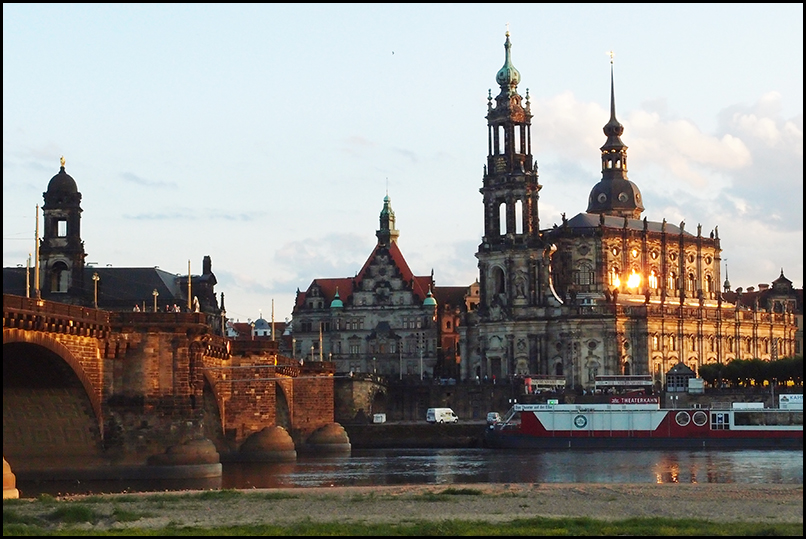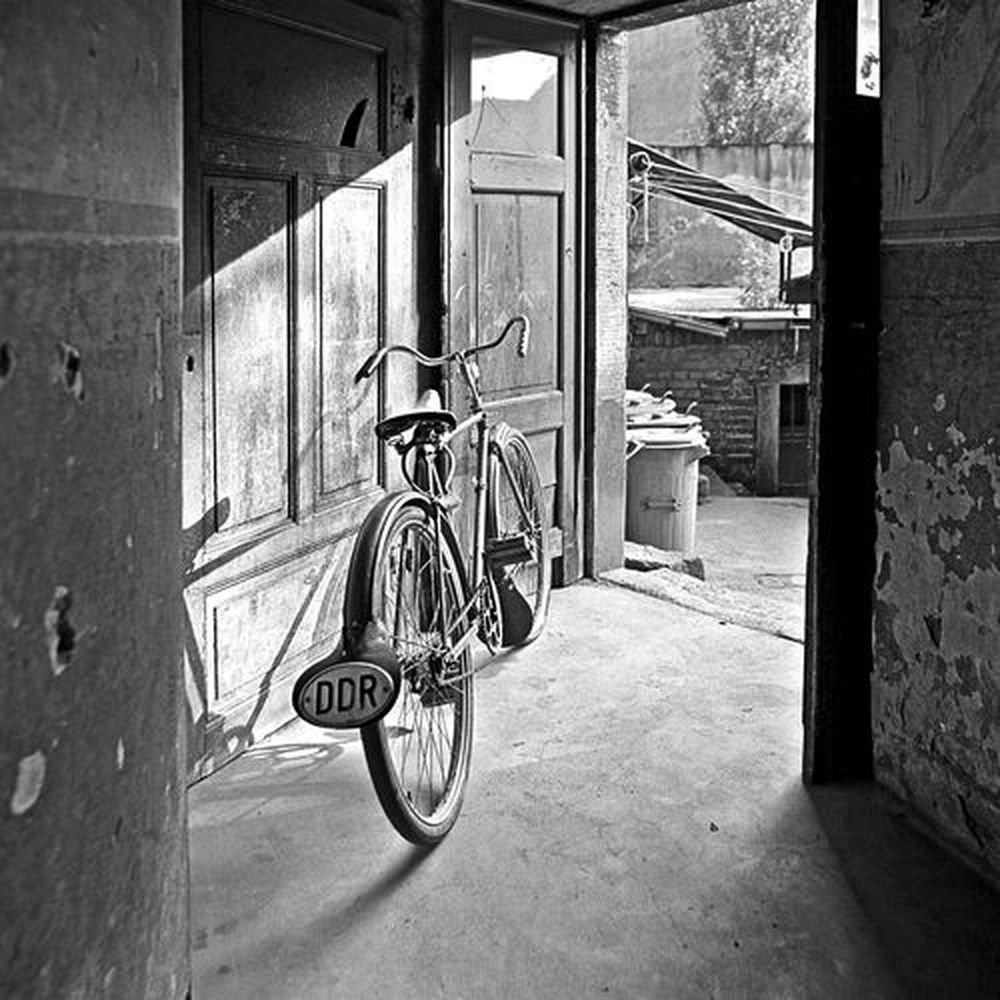I spent a week in Dresden. When I wasn’t working, I was exploring, either alone, or with my co-worker Hazel. The city was completely flattened in the Second World War (pointlessly in my opinion- it happened right at the end of the war, and Dresden wasn’t an industrial target). The DDR regime didn’t do much to restore the old town centre, but after reunification it was all put back together as much as possible as it was before (they kept a lot of the stones in a warehouse). The the city is a strange mix of restored Baroque, super-spruced up restored buildings, dilapidated buildings waiting to be restored, and randomly spaced gaps of bomb sites that haven’t been built on yet. The setting of the city is along the River Elbe- you can see the wide banks left empty here- it’s prone to flooding. The local accent also sounds very much like a Brummie speaking German.
Tag: sächsen
Starkes Viertel- photos of Dresden Neustadt in the 70s and 80s
When I was in Dresden, I bought a photography book by a local photographer. Günter Starke lived in Dresden Neustadt, the area just across the river from the historical centre, in the 70s and 80s, and took a lot of photos. Despite the name, Neustadt is full of old buildings that escaped bombing during the war (it’s only new compared to the baroque city centre), and in the communist days, the local council concentrated on building blocks of flats and housing estates to house families.

